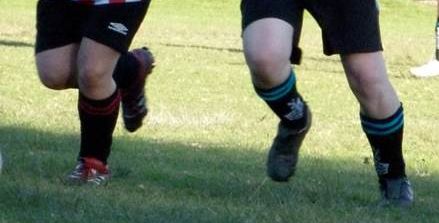HAD AN ACL RECONSTRUCTION? THIS MIGHT INTEREST YOU!
Failure to meet a variety of clinical outcome measures has been shown to increase risk of Anterior Cruciate Ligament (ACL) graft rupture following reconstruction surgery.
Up until now, there has been limited research on factors that impact risk of graft rupture following ACL reconstruction. Much of the research had focused on identifying outcome measures associated with successful return to pre-injury level of sport.
In a study published last month by Kyritsis et al., it was identified that failure to meet 6 clinical outcome measures before returning to sport increased the risk of graft rupture by four time.
So what did they look at?
They looked at 158 athletes following ACL surgery and having undergone rehabilitation with the aim of full return to sport. Athletes were either deemed “fully discharged” or “not fully discharged” based on them meeting a number of criteria before return to sport. Athletes from both categories were then followed over the course of a number of years to determine who sustained a rupture of their ACL graft and to determine if any criteria seemed to be protective or place them at increased risk.
What did they find?
Of the 158 athletes, 26 experienced an ACL graft rupture. Of these, 73% were “not fully discharged” – meaning they did not meet the criteria deemed necessary for safe return to sport. On the other hand, the group that were “fully discharged” had an ACL graft rupture rate much lower of 27%.
So what were the discharge criteria?
1. Isokinetic strength tests using highly specialised equipment to assess this (not commonly available outside of elite facilities)
2. Single hop test
3. Triple hop test
4. Triple crossover hop test
5. On field sports specific rehabilitation
6. Running T test – a timed running and agility drill
So what does this tell us?
Completing your rehabilitation and ensuring that you meet set outcome criteria is essential in mitigating risk of graft rupture. If you are relying purely on time since surgery for a return to sport you may be at increased risk of graft rupture. Ensure your physiotherapist is using objective measures (numbers!) to quantify when you are safe for a full return to sport.
Does this study have any limitations?
Whilst it is fantastic to see research being undertaken on this topic, it is not without limitations in its generalised application. The study looked at only a limited number of participants of professional Arab male athletes in their early 20’s all receiving treatment from the same medical facility. Consequently, care needs to be taken to extrapolate this to other populations.







